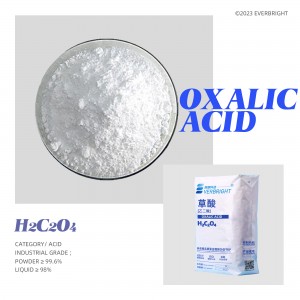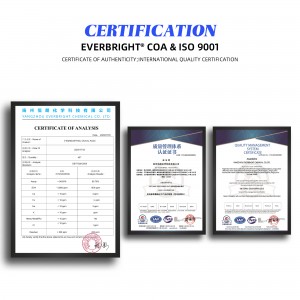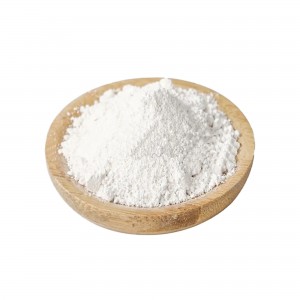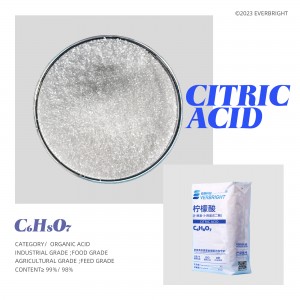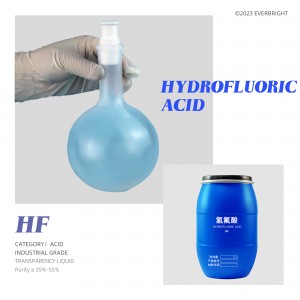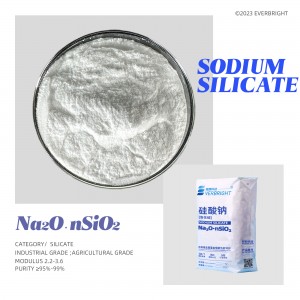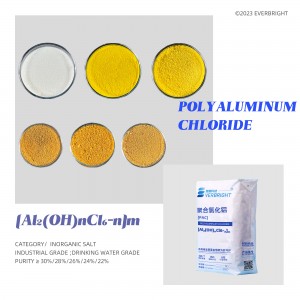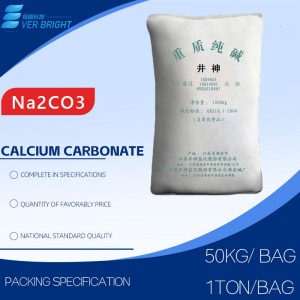OXALIC ACID
SPECIFICATIONS PROVIDED
content≥ 99.6%
EVERBRIGHT® ‘ll also provide customized :
content/whiteness/particlesize/PHvalue/color/packagingstyle/ packaging specifications
and other specific products that are more suitable for your use conditions , and provide free samples.
PRODUCT DETAILS
Oxalic acid is a weak acid. The first-order ionization constant Ka1=5.9×10-2 and the second-order ionization constant Ka2=6.4×10-5. It has acid commonness. It can neutralize the base, discolor the indicator, and release carbon dioxide by interaction with carbonates. Reacts with oxidizing agents and is easily oxidized to carbon dioxide and water. Acid potassium permanganate (KMnO4) solution can be discolored and reduced to 2-valence manganese ion. At 189.5℃ or in the presence of concentrated sulfuric acid, it will decompose to form carbon dioxide, carbon monoxide and water. H2C2O4=CO2↑+CO↑+H2O.
PRODUCT USAGE
INDUSTRIAL GRADE
Synthetic catalyst
As a catalyst for phenolic resin synthesis, the catalytic reaction is mild, the process is relatively stable, and the duration is the longest. Oxalate acetone solution can catalyze the curing reaction of epoxy resin and shorten the curing time. It is also used as a pH regulator for the synthesis of urea-formaldehyde resin and melamine formaldehyde resin. It can also be added to the water-soluble polyvinyl formaldehyde adhesive to improve the drying speed and bonding strength. It is also used as a curing agent of urea-formaldehyde resin and a metal ion chelating agent. It can be used as an accelerant for preparing starch adhesive with KMnO4 oxidizer to accelerate oxidation rate and shorten reaction time.
Cleaning agent
Oxalic acid can be used as a cleaning agent, mainly because of its ability to chelate (bind) many metal ions and minerals, including calcium, magnesium, aluminum, etc. This makes oxalic acid particularly suitable for removing lime and limescale.
Printing & dyeing
Printing and dyeing industry can replace acetic acid for the manufacture of base green and so on. Used as a coloring aid and bleach for pigment dyes. It can be combined with certain chemicals to form dyes, and can also be used as a stabilizer for dyes, thereby extending the life of dyes.
Plastics industry
Plastics industry for the production of polyvinyl chloride, amino plastics, urea-formaldehyde plastics, paint chips and so on.
Photovoltaic industry
Oxalic acid is also used in photovoltaic industry. Oxalic acid can be used to make silicon wafers for solar panels, helping to reduce defects on the surface of the wafers.
Sand washing industry
Combined with hydrochloric acid and hydrofluoric acid, it can act on the acid washing of quartz sand.
Leather processing
Oxalic acid can be used as a tanning agent in the leather processing process. It is able to penetrate into the leather fibers, making them more stable and preventing rot and hardening.
Rust removal
can directly remove the rust of pig iron, stainless steel and other metals.






